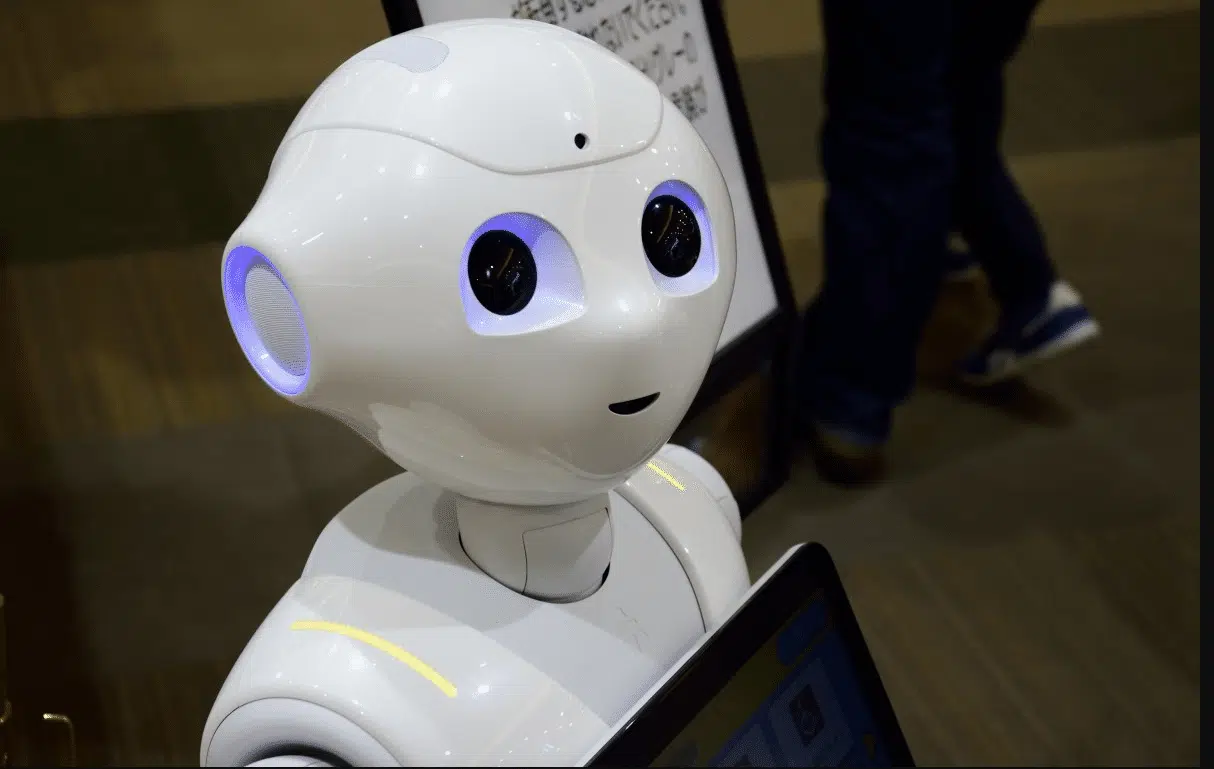Bots have become one of the most discussed topics in aviation over the past 2-3 years. Some people love their efficiency, others are worried they could upset customers or damage the brand. The problem is that both sides are correct. In this article, we’ll look at how the concerns of both sides can converge into a smooth integration of bots and humans.
Like our previous two articles on command centres and passenger experience, this piece has been written as a thought starter ahead of our Miami Airline Marketing Innovation Lab. To get started let’s have a look at what bots are currently being used for.
Today’s airline bots
Sales and customer service are the two areas where airlines are the keenest in using bots. However, the two areas seem to be driven by different goals and it is on the customer service side where the most tangible benefits – and problems – will be found.
The reason is simple. Customer service is a very labour intensive process, where volumes keep increasing and customer patience keeps decreasing. Sales, on the other hand, is mostly an automated process whose costs are mostly fixed and where interactions follow predictable, structured, sequences.
This is why most of today’s airline sales-bots are little more than adaptations of existing booking engines to messaging platforms such as Facebook messenger. They ask users a series of questions or respond to inputs that fill in the same fields or steps that are present in the original site.
Their current value for the airline lies in the chance to promote the brand as an innovator and give the team a chance to experiment with new technologies. In the future, however, there is room for far better systems that may deliver actual value to the user and affect purchases.
On the customer service side, the scene is very different. Here processes are far from automated, human costs are high and the potential scenarios virtually infinite. On top of this, airlines know that customer’s expectations are increasing – giving them less time to respond – and that being responsive allows them to fix more problems and recover more situations than they otherwise would.
Given this situation, airlines can either hire more people or try to use bots to answer at least some of the incoming messages. Of course, this is easier said than done.
Simple answers
Early examples of customer service bots behaved a lot like one of the things human beings hate the most: the automated menus of customer service hotlines. They asked what kind of problems the person had and kept refining the question and going down an FAQ tree that they had been programmed with.
This, of course, could be sufficient for simple problems like finding out what the hand luggage allowance is, but couldn’t go very far. On top of that, there is at least anecdotal evidence that the system was about as pleasurable to use as the hotline menus we mentioned earlier.
Then came a generation of smarter bots that would understand some human language and – while being more useful – were still limited by the sets of answers and scenarios present in their programming.
Working with a human
Over time systems have evolved and AI has changed how far bots can go but the debate has not changed. On the one hand, even a simple bot can reduce the workload by answering some of the questions. On the other, a first layer of bot-questions can create problems as people prefer to talk to humans and react badly to automated systems – especially if they are angry about something the airline did.
The ideal solution, therefore, would be to have the bots do the heavy lifting without the passengers knowing that this is happening. How? Well, so far one of the smartest solutions has been KLM’s approach of having bots generate the answers and human customer service agents approving them. In this system, the bot uses AI to create most of the answers and send them to a customer service agent. This agent is the person who has the human conversation with the passenger but his/her workload is reduced to making adjustments to the bot’s proposed responses. In the process, the bot also learns from changes the agent makes and becomes better over time.
This is however just one perspective and in Miami, our Lab participants will be discussing their own approaches and solutions to the problem as well as what other ways they have found to make the most of bots and artificial intelligence.
Glimpses of the future
Looking forward we see bots becoming more and more present in our interactions with airlines, especially behind the scenes. Already we are seeing some companies using them for things like check-ins, travel reminders and many other touch points that just two years ago had not even been explored.
To find out more stay tuned for our updates from the Lab and our future articles.
